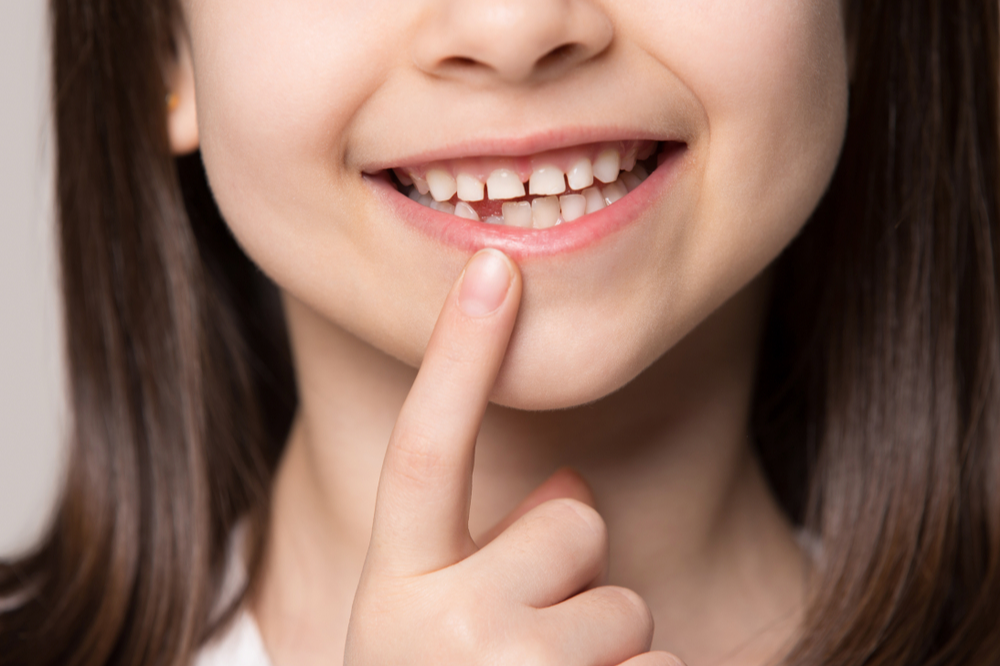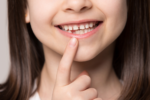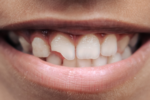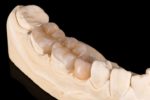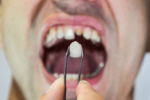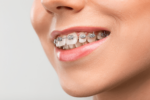Wondering when kids start losing baby teeth? It’s a common question for parents as their little ones grow.
Baby teeth, also known as primary teeth, are super important for kids. They help with chewing, talking, and making space for permanent teeth. But what makes them different from permanent teeth, and when do these changes happen?
Let’s break it down in simple terms.
Baby Teeth vs. Permanent Teeth: What’s the Difference?
Baby teeth, or primary teeth, are the first set of teeth that kids get. They usually start popping up around six months old and continue until about age three. Most kids have all twenty baby teeth by the time they are three years old.
On the flip side, permanent teeth, also called adult teeth, start to take over as kids get older. This swap from baby to permanent teeth typically begins around age six or seven and goes on until they’re teenagers. By the time they’re teens, most kids have a full set of 32 permanent teeth.
Key Differences
Number of Teeth
Baby teeth have 20 teeth – eight incisors, four canines, and eight molars. Permanent teeth, on the other hand, have 32 teeth – eight incisors, four canines, eight premolars, and 12 molars.
Size and Shape
Baby teeth are smaller and whiter, while permanent teeth are bigger and have a yellowish tint. Baby teeth also have thinner enamel, making them more prone to cavities, while permanent teeth have thicker enamel for better protection.
Roots
Baby teeth have shorter roots because they’re meant to fall out eventually. Permanent teeth have longer roots that hold them firmly in place.
Function and Lifespan
Baby teeth are placeholders for permanent teeth. They help kids chew, talk, and guide permanent teeth into position. Baby teeth usually start falling out around six or seven years old, making way for permanent teeth that last a lifetime with good care.
When Do Kids Start Losing Baby Teeth, and When Do Permanent Teeth Come In?
Wondering When do permanent teeth come? The process of losing baby teeth and getting permanent ones is called exfoliation. It kicks off around age six or seven when the first permanent molars come in behind the baby molars. This continues until around age 12 or 13, when the last set of permanent molars, known as wisdom teeth, usually show up.
As baby teeth wiggle and fall out, permanent teeth step in to take their place. This happens differently for every child but usually follows a predictable pattern. Most kids will have lost all their baby teeth and have a full set of permanent ones by their early teens.
Understanding the difference between baby teeth and permanent teeth is vital for keeping your child’s smile healthy.
Don’t hesitate to ask questions about dentistry for kids near you. If you are worried about your child’s teeth, then early dental care sets the stage for a lifetime of happy smiles.
Visit Us Today!
At our dental clinic, our goal is to give you the best dental care possible. Our dentist in Mill Bay is here to help you with top dental services and make sure you have a great experience every time you visit us. We want to work together with you to help you understand your oral health and make smart choices.
Whether it’s a regular cleaning or a treatment to improve your smile, our team is focused on making you feel better about yourself. We use modern technology and safe materials to ensure that your dental care is comfortable and long-lasting.
So, if you’re looking for a dentist who cares about you, give us a call and schedule an appointment. We would love to welcome you to our dental clinic!

